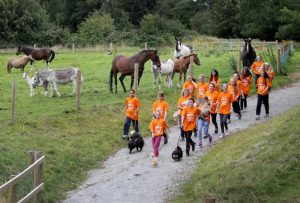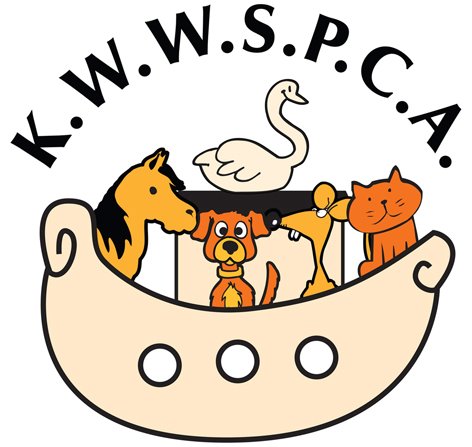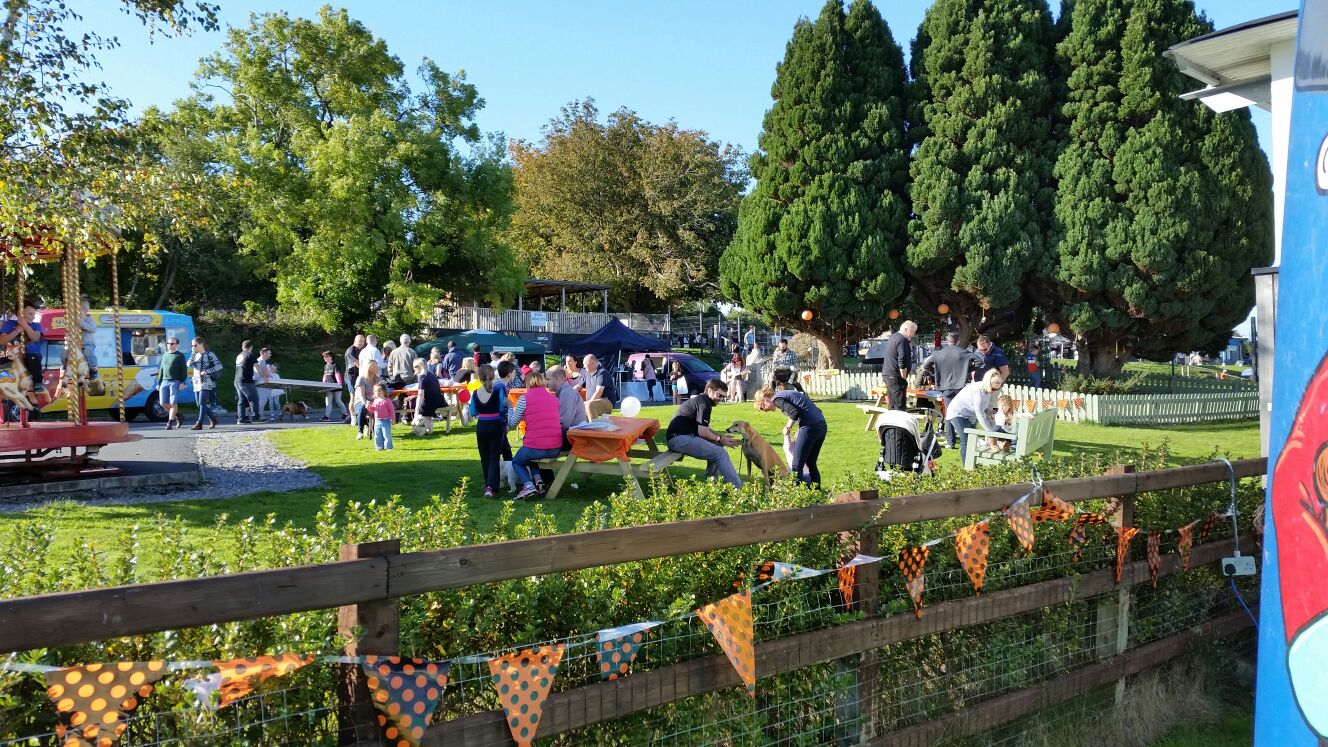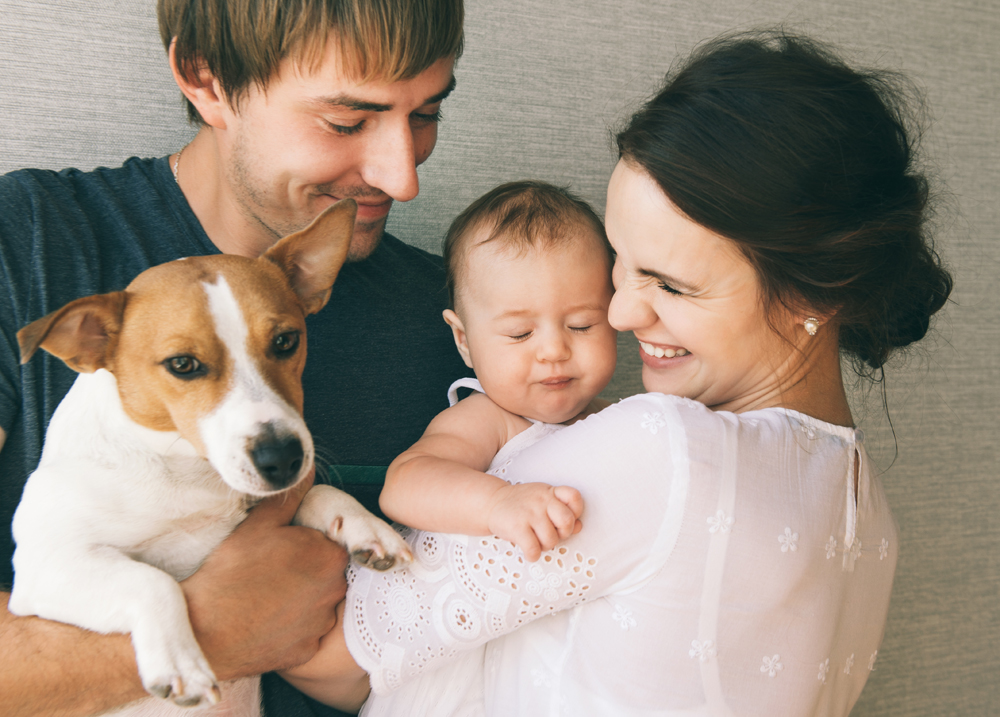How to take professional-looking pet portraits
We all like to photograph our pets and taking professional-looking portraits does not need to be as complicated as we think. Although it does take time and patience, it does not necessarily need a lot of expensive equipment.
Over the next few weeks, I'll be posting a series of lessons on how to photograph pets. Each one will look at a different aspect of pet photography. Here's an idea of what's to come:
Part 1: Photographic Equipment - selecting a camera; using auto and manual focus; lighting and accessories.
Part 2: Animal Behaviour - understanding animal behaviour; personal space/fear circle of pets; techniques to use and avoid during a photographic session.
Part 3: Natural Portraits - controlling natural light using fill-flash and reflectors.
Part 4: Studio Portraits - selecting suitable backgrounds; basic lighting set-ups; importance of eye contact.
Part 5: Action Portraits - photographing animals in motion; shutter speeds; background details.
Part 6: Digital Imaging Editing and Printing - basic image editing; printing your images.
I will also be posting some photographic exercises for you to try yourself.
The art of any form of portrait photography is to capture the character and personality of your subject. So you will need to encourage your pet to relax and behave naturally in front of the camera. Sessions should be kept short, because animals get bored quickly and once that happens you will have to put the camera away until another day. Also, as you cannot ask your pet to say 'cheese', you will have to resort to other ways and means to encourage them to 'smile' for the camera. But, above all, whatever approach you adopt when photographing your pet remember their safety and welfare must always come first.
The aim of this series is to give you, as a pet owner, the inspiration and knowledge to take stunning photographs of your pet, however inexperienced a photographer you are.
Family Pet Expo - 4th & 5th November 2017
Ireland's Family Pet Expo are delighted to annouce our next event will be held on November 4th & 5th at The National Show Centre in Cloghran, Dublin, 1 Minute from Dublin Airport.
As always it will be the pet event of the year attended by 1000's of pet lovers, we will have 100's of trade stands and fantastic entertainment for your family and pets!
There will be free parking and tickets are only €10 per adult, €5.00 per child (2 to 16) and €25 for a family ticket.
Tickets can be purchased at the door.
Annual KWWSPCA’s Wag & Bone Dog Show - 17th September 2017
15th Annual KWWSPCA’s Wag & Bone Dog Show @ Punchestown Racecourse
This year will be the 15th Anniversary of the Kildare and West Wicklow Society for the Prevention of Cruelty’s Wag and Bone Dog Show. The Show takes place in and around the Parade Ring at Punchestown Race Course. Every type of dog is welcome. A list of classes is given below.
Some of the KWWSPCA dogs in need of homes will be there; ‘Noah’s Ark’, the KWWSPCA Charity Shop, will have a stall and there will also be stalls selling cakes, pet products and much, much more. There will be face painting, a lucky dip and a raffle.
Light refreshments available.
DOG SHOW CLASSES 2017
€5 entry per class – €20 for 5 classes
No dogs under 9 months old to be entered in any class apart from the Puppy Class.
1. Waggiest Tail
2. Girl under 12 with Dog
3. Boy under 12 with Dog
4. Veteran Dog (9 years or over)
5. Senior Citizen with a Dog
6. Puppy Class – For Dogs under 9 months
7. Dog Most Like its Owner
8. Rescue Dog
9. Fancy Dress – Dog and Owner
10. KWWSPCA Rescue Dog – ‘The Brian Cup’ – this class is restricted to dogs that have been adopted from the KWWSPCA or who are in the care of the KWWSPCA waiting to be adopted.
11. Child under 16 with Dog
12. Fanciest Female Dog
13. Handsomest Male Dog
14. The Dog You Would Most Like To Take Home – The Steven Lawlor Perpetual Trophy – winners picked by Clapometer
15 BEST IN SHOW to win the Pam O’Mahony Perpetual Trophy. The winner of each of the above Classes is entered automatically – no charge.
HIGH JUMP – This will take place after ‘Best in Show’ on the upper grass area. Pay as you enter. €2 entry. There will be one competition for Small Dogs and one for Large Dogs
For more information: Please call 087 6803295
DSPCA Great Irish Dog Walk 2017
 This year the DSPCA’s Great Irish Dog Walk, in partnership with PURINA, will be held on Saturday, 9th September in the grounds of the DSPCA in Rathfarnham.
This year the DSPCA’s Great Irish Dog Walk, in partnership with PURINA, will be held on Saturday, 9th September in the grounds of the DSPCA in Rathfarnham.
Enjoy a fun filled walk and doggie themed festival in the grounds of the DSPCA Campus surrounded by spectacular views over Dublin Bay and the surrounding countryside. This event is open to all dog owners or simply people who love animals and wish to enjoy a fun day out, while supporting the lifesaving work of the DSPCA.
 Don’t miss all the exciting attractions and activities on the day which include: DSPCA adoption parade, The Wetnose Studio photo booth, exotic pets by Kinsealy Pet Shop, free dog training and Agility by Dog Training at the DSPCA, doggie fun zones and picnic chill out areas, kids fun zones with face painting, bouncing castle, merrier go round, electric zoo, BBQ, pooch pampering stalls and lots lots more BUT you can not forget the freebies and goody bag.
Don’t miss all the exciting attractions and activities on the day which include: DSPCA adoption parade, The Wetnose Studio photo booth, exotic pets by Kinsealy Pet Shop, free dog training and Agility by Dog Training at the DSPCA, doggie fun zones and picnic chill out areas, kids fun zones with face painting, bouncing castle, merrier go round, electric zoo, BBQ, pooch pampering stalls and lots lots more BUT you can not forget the freebies and goody bag.
Walk Date: Saturday, 9th September (09/09/2017).
Where: DSPCA Campus, Mount Venus Road, Rathfarnham, Dublin 16.
Start Time: 11am to 4pm – Staggered Starting times – 11.00am, 12.00 noon, 1.00pm, 2.00pm, 3.00pm and 3.30pm.
Registration: Registration is €12.00 per adult log on to www.dspca.ie
How to prepare your dog for a new baby
There’s so much to think about when you’re getting ready for a baby, but if you have a dog it’s worthwhile preparing early to ensure a safe and happy start to the relationship between your pet and your new baby.
Solve existing behavioural issues
Finding the time to do behavioural training might be difficult after baby comes, as you won’t want to be dealing with tough behaviour issues with your dog while also trying to look after a new baby. Behaviour that seems harmless now, such as your dog jumping up on you, may become dangerous if you are heavily pregnant or holding a brand new baby in your arms. If your dog has serious behaviour issues such as aggression, you may need to consult a professional dog behaviourist to help solve these issues before the arrival of your new baby.
Safe Walks
Ensure your dog walks well on a lead, without pulling, tugging you or lunging unexpectedly. This will make it easier for you to keep taking your dog out on walks if you have a pram to manage as well. So, why not try some practice walks with the pram before baby arrives, to help your dog get used to it.
Socialise
Begin socialising your dog with babies and young children, and rewarding it for any positive interactions with them. If your dog hasn’t been socialised with children much, you will need to be very cautious when you get started and keep your dog on a lead. You may also need to put a muzzle on your dog if necessary.
Baby Sounds
Desensitise your dog to baby noises beforehand so they are unfazed by the real thing when it comes along. Play recordings of babies crying, laughing and screaming to your dog on a regular basis at all times of the day. Start at a low volume, then increase the volume slowly in small increments only when your dog is acting calmly and not stressed. Reward your dog for calm behaviour while these sounds play.
Baby's sleeping space
It is important that you make the nursery off-limits to your dog. Through careful and consistent training, you should be able to condition your dog into understand this is a place they are not allowed go without you. Once your dog understands the rules, you can let them to enter the room. But, it is important to maintain enough control to send your dog out of the room when you need to. If you find it difficult to maintain this flexibility then it’s best to keep it fully off limits.
Introducing your dog to baby
To encourage a safe and peaceful introduction, try these tips:
- Have someone bring home something that smells of your baby (such as a wrap it has been wearing), so your dog can become familiar with the scent before meeting her.
- Help your dog relax by ensuring it’s taken for a long walk and has used up some energy before the introduction.
- On arriving home from hospital, greet your dog first before introducing the baby. Remember, your dog will have missed you and will be excited to see you, so doing this will help create a calm environment.
- Make sure your dog is calm before it is allowed to come near the baby. While holding your baby, gently call your dog over and allow it to sniff baby. If there is more than one dog in the household, do this with only one dog at a time.
- Reward your dog for its calm behaviour when meeting the baby. You should do this for their first few interactions to help build a positive association.
Warning signs
Learn to read your dog’s body language for any indication that it’s not happy or comfortable in a situation. If your dog growls, has its hackles raised or bares its teeth remove the child from the situation immediately. If your dog is stressed out or fearful, this is also a warning sign. Look for things such as panting, tense body language, the dog’s tail between its legs, trembling, or the dog trying to hide or escape a situation. Pay attention to these signs and remove the child if you ever see any of them.
Finally, it is important to remember that you must always supervise all interactions between a dog and a baby or young child. Even if your dog is extremely friendly and docile, babies and young children can do unexpected things and any dog can react in a negative way if it feels scared or threatened.
If your dog gives any indication that it is frightened of or aggressive to a child, immediately separate the two and consult a qualified animal behaviourist to help resolve any issues your dog may have with the situation.





